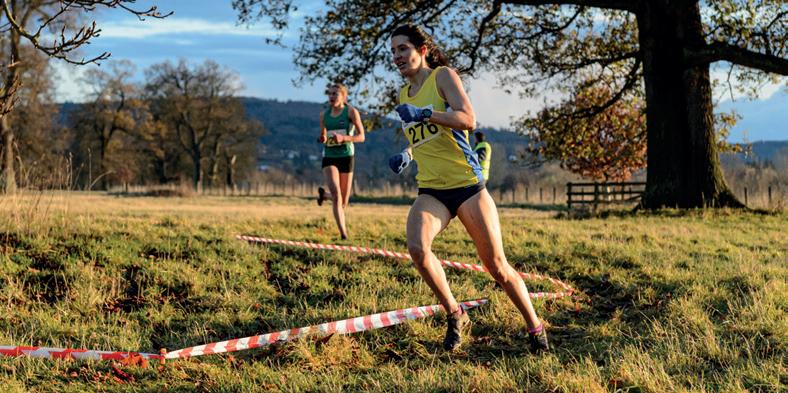Education
Exercise Addiction
When exercise becomes an addiction Rest and recovery should be key aspects within training programmes for athletes and coaches By Dr Rebecca Robinson & Dr Emily Todd
• Spending a large or increasing amount of time doing exercise that might not be raining, resting, repeating, is a pattern related to the time needed to attain a goal that every runner from beginner to elite, (or needing a higher amount to get the same junior to veteran, becomes accustomed level of satisfaction) to: but can spending more time doing the sport that you love be damaging? And can • Reduction in other activities or social life to we do too much? accommodate training
T
Dedication, discipline and commitment are aspirational traits in an athlete and we - as athletes, coaches, professionals within sport - may normalise these within the criteria for being a high level sportsperson or committed amateur.
• Continuing to exercise when this impinges on other aspects of health or interpersonal or work commitments
Exercise addiction describes a compulsion to exercise and a dependence upon exercise that usually results in excessive amounts relative to a goal or to what is sustainable for health.
As a healthy athlete or as a coach of athletes, it can be important to review motivation for training. This can help ensure time spent training is through meaningful exercise, or for the enjoyment of sport, with additional rehabilitation and add-ons (such as strength training) planned, but where there is clarity regarding time when training is completed, and adherence to rest when this is advised.
Regular athletic training and exercise addiction may often overlap and addiction can exist in otherwise healthy athletes, but its features can become problematic in a similar way to other addiction disorders when these have a negative impact on a balanced life, relationships and emotional wellbeing. How is it possible to recognise exercise addiction? Some signs to look out for can be the following:
• Being unable to control exercise, which may include stopping when this is needed
The ability to rest as part of a regular programme, or in management of illness, injury or other circumstances, is important reflection of a healthy attitude to balance. The following cases are examples of how exercise addiction might present:
Case 1: Training as a coping
• Feelings of withdrawal when not exercising, strategy or not able to exercise (which may include impact on mood, sleep, increased anxiety or During Lockdown in the UK in 2020, athlete A, who usually balanced life as a successful irritability) national level distance runner, was off work PB 2021 | ISSUE 1 from his fulltime job for several months
30
on furlough. He usually trained six days a week, running 1-2 times per day. As family were at home and their usual patterns was disrupted, with no demands from work, it seemed easy to go out for a little longer than planned. He felt he had additional time to complete strength work and fuel for his increased training. Over a period of two months, training volume slowly increased slowly at first, but ultimately increased by 30%. Athlete A was tired and struggling to maintain mood and sleep which he attributed to balancing family care in the change of circumstances. When he developed a sore Achilles he continued to run, despite understanding the need for rest. Ultimately the injury stopped him from training, but he continued to cross train and sustained a groin injury. On accessing physiotherapy remotely, the physiotherapist enquired about his mood, assessing that he was very distressed at the inability to train, and it was recognised by the athlete that without training, his mood was very low. In exercise addiction, behaviour is continued despite harmful consequences. It can become increasingly difficult not to surpass the intended amount of training. An injury or illness can reveal an exercise addiction that has developed gradually, and this may present as an alteration in mood or loss of coping strategy that seems disproportionate to the loss of an exercise activity. In such cases, it is important to manage the presenting injury that stops training, but important for the athlete to recognise their reasons for overload in training.
















